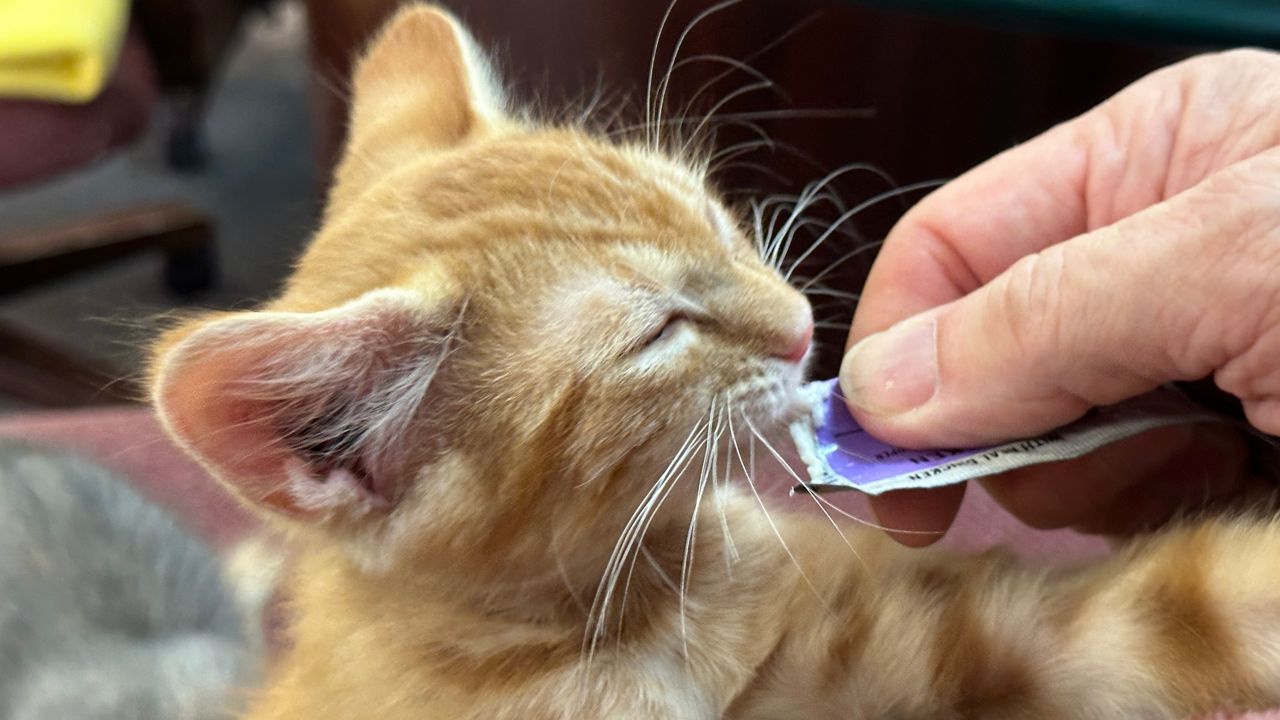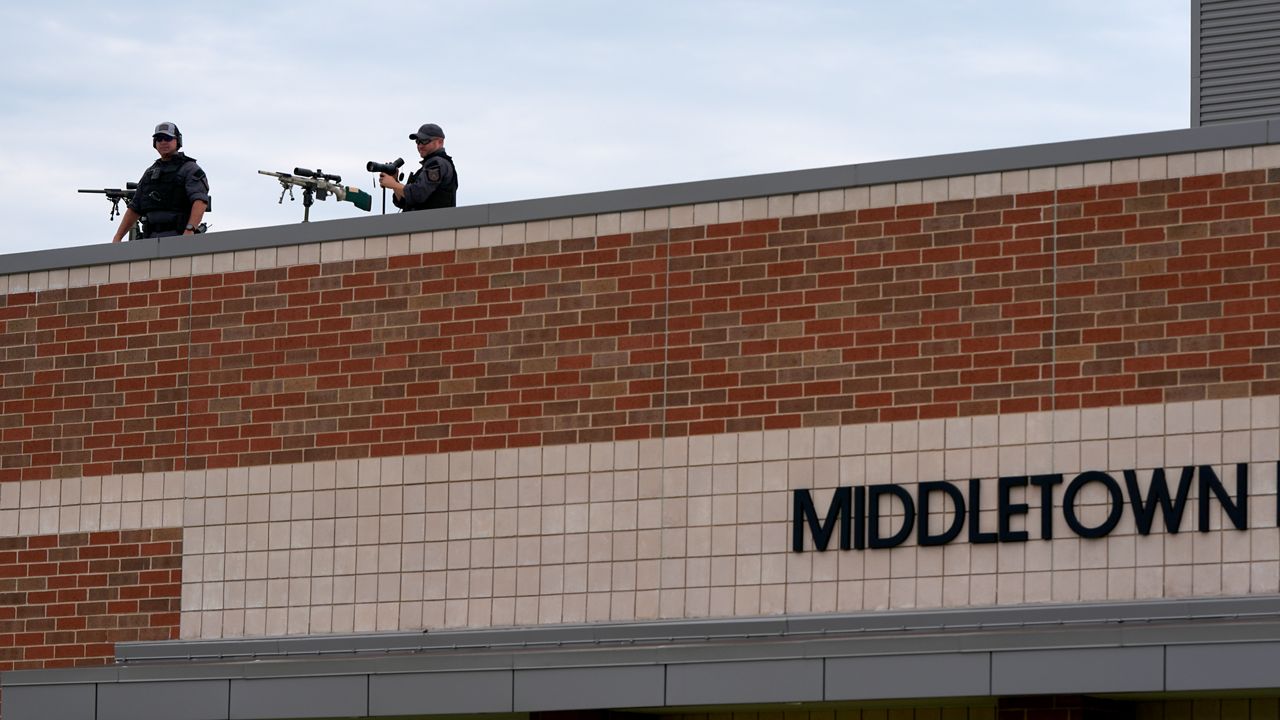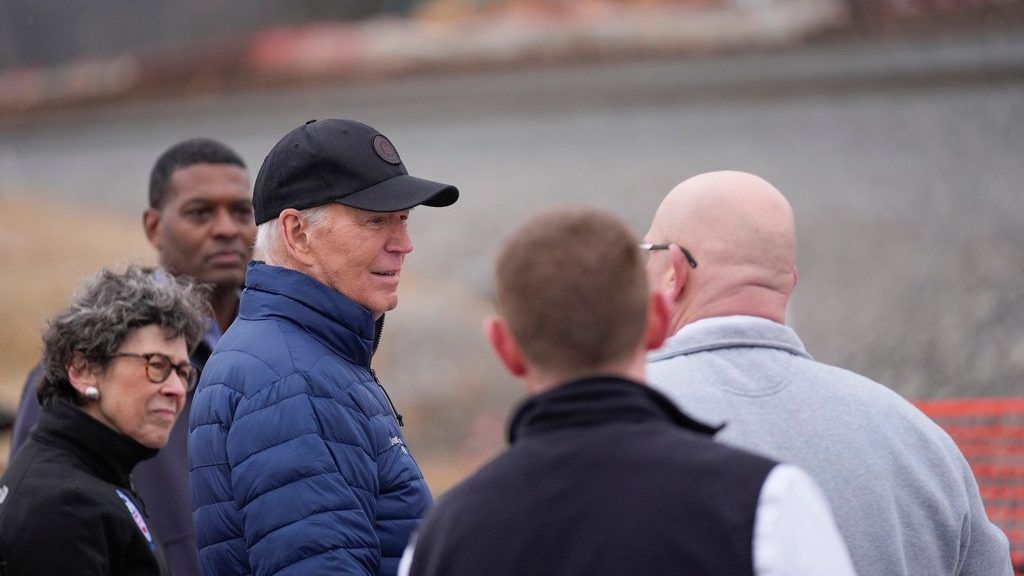COLUMBUS, Ohio — The Columbus Division of Police receives tens of thousands of domestic violence or domestic dispute calls for service each year. One of those calls has led to a wrongful death lawsuit and questions about how police respond.
Deborah Saenz was found dead by Columbus police in July 2019. She had called police a day before, telling them she had been abused by her boyfriend.
Clare Amari wrote about Saenz’s death for the nonprofit reporting outlet, Eye on Ohio.
“So the incident I was looking at involves a woman named Deborah Saenz. This is a woman who was living in Columbus in 2019," said Amari. "She called police. She said that her boyfriend was beating her. That was the language she used. She said that he had guns, that she was afraid. And actually, it's a really horrible 911 call to listen to at the end, you know, she starts screaming and hangs up.
"Five officers responded to her 911 call, but they did not take any action. They did not locate the guns. They did not make any arrests. They did not get details on the abuse. They just left."
Amari said she found the case interesting because it highlighted the role of first responders in handling domestic violence incidents.
Saenz, 32, told Columbus police she feared her boyfriend, Marco Solis, according to documents filed in court. Five officers investigated her call, speaking with her and Solis. Police found a gun case and magazines for ammunition at their residence but no gun.
Police left without making any arrests. The next day Solis called police saying he had shot Saenz, according to court records. He is currently jailed and awaiting trial and charged with murder.
Both the Columbus Division of Police and Solis' attorney declined Spectrum News 1's request for comment.
“So this is a case where a woman called for help," said Amari. "She's very explicit on the phone that she was being abused and yet the officers who answered the call really didn't pick up on any of the red flags at the scene.
"You know, you realize looking at cases like this that even though the Columbus PD has a pretty robust infrastructure around domestic violence. You know, they have a specialized domestic violence unit that handles felony cases. They use cutting-edge screening tools to evaluate victims. They work with a local advocacy group, you know, triggering that system of support really rides on the judgment of first responders, the patrol officers who are going to show up at a survivor's home, and in this case, their judgment failed."
Saenz's mother sued the City of Columbus and first responders who were involved. Amari reported that the Internal Affairs Bureau conducted an investigation into the incident and responded to Saenz's complaint.
The department's internal affairs investigation identified problems in how responding officers investigated Saenz's call. The officers failed to share several pertinent details of what they saw at Saenz’s residence, including a gun case and gun magazines.
Amari said the case also highlights the need to bring awareness to resources for victims of domestic violence.
“Well, beyond the police, there are plenty of advocacy organizations that are out there for survivors,” Amari said. “You know, in the Columbus area alone, there's an organization called CHOICES. They actually work with the Columbus PD. They provide, you know, counseling, shelter, legal services. So that's for Columbus. And if you're not in Columbus, if you're somewhere a little bit further afield, I would definitely go to the Ohio Domestic Violence Network website. They have a list of organizations statewide that survivors can access for help.”










